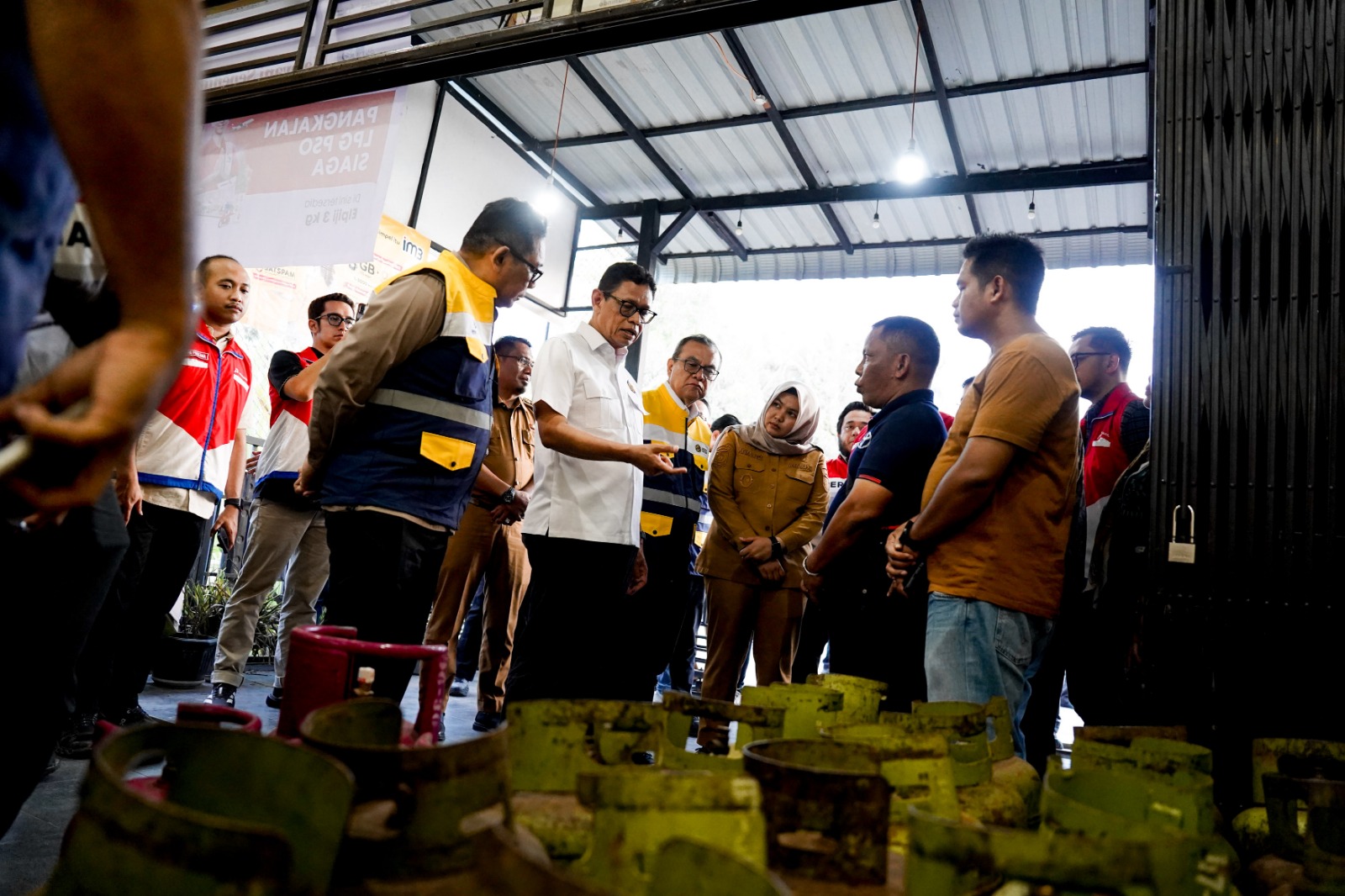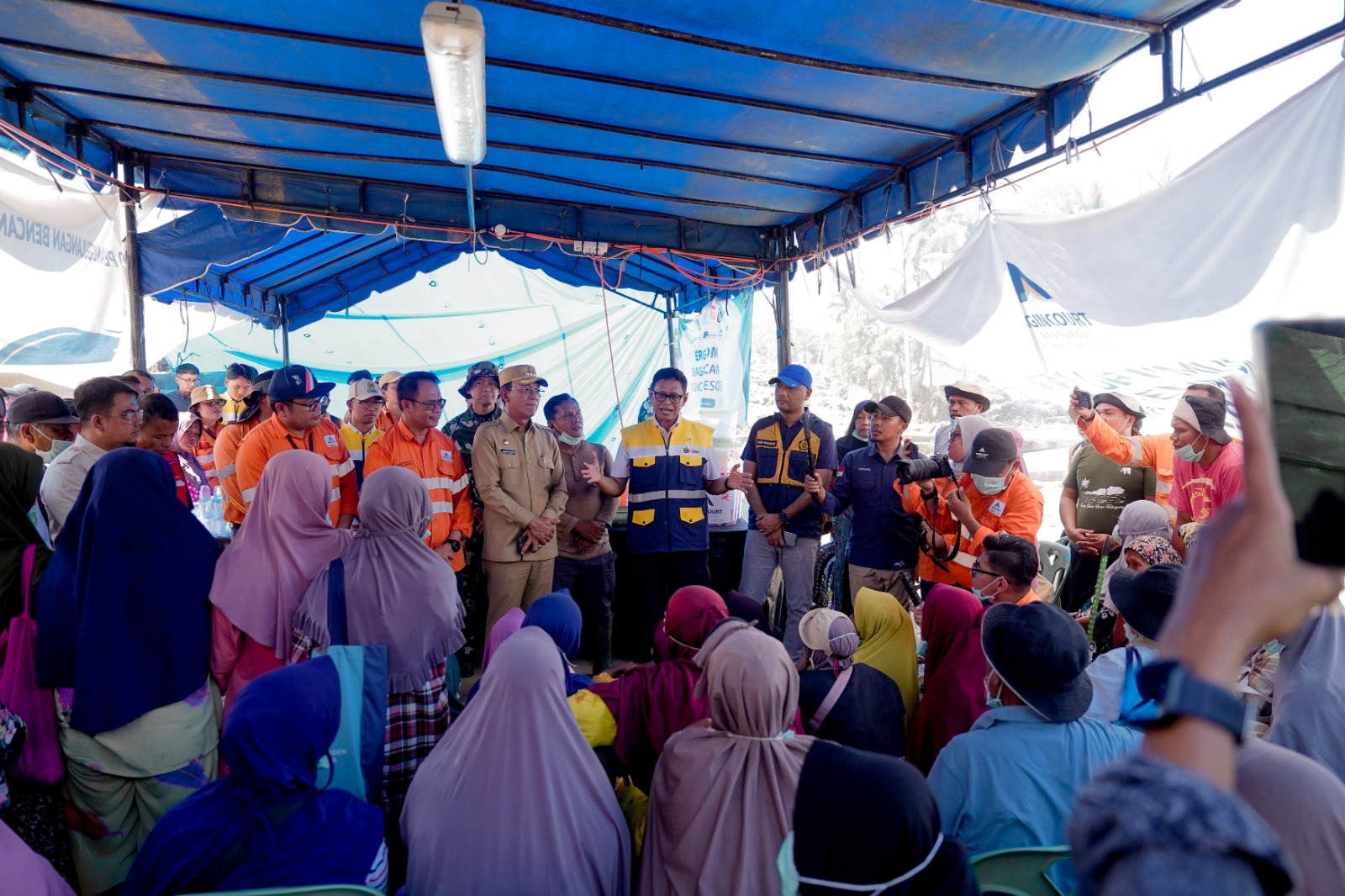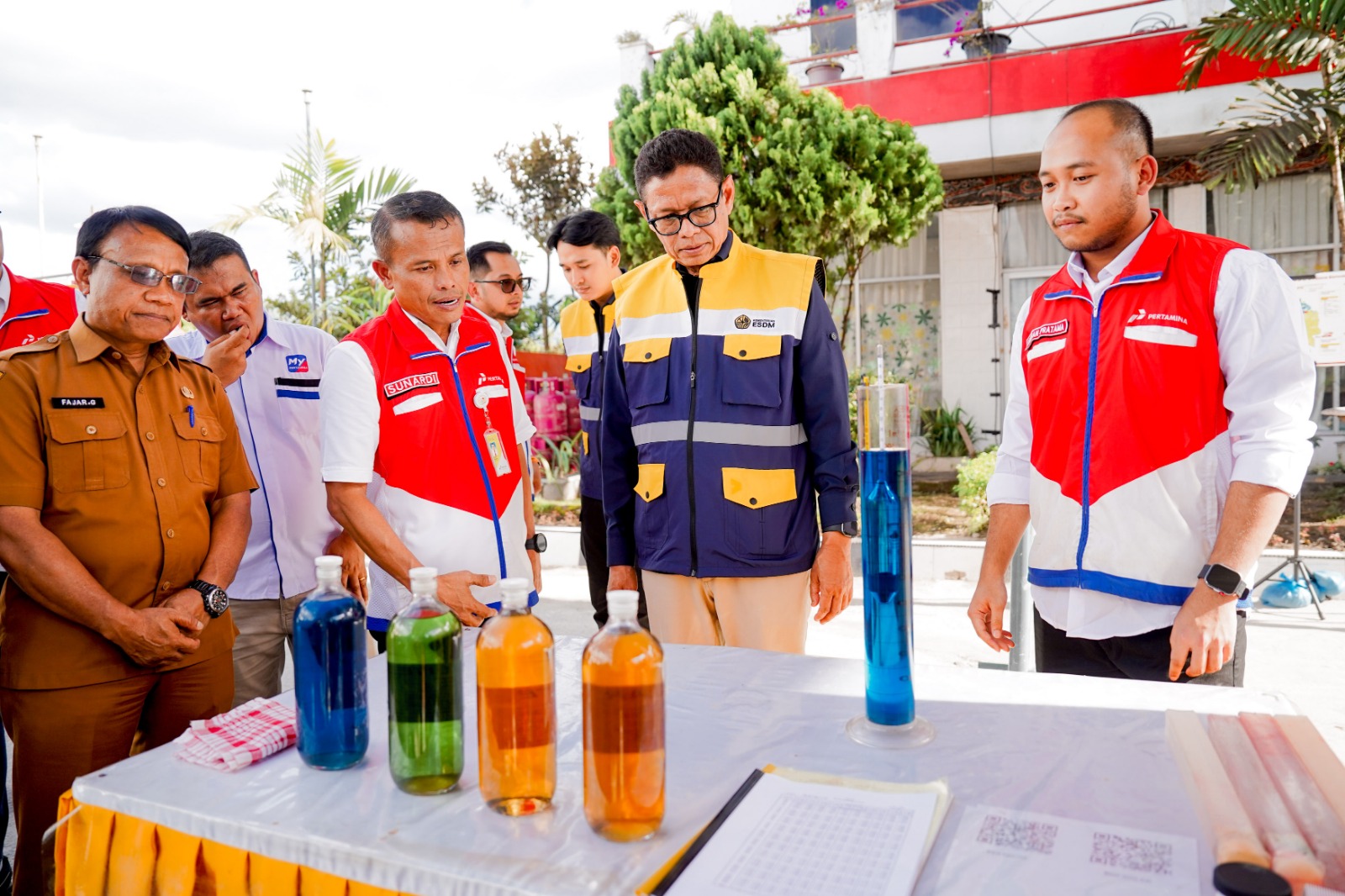Energy Minister Details Energy Transition Priorities before the House
MINISTRY OF ENERGY AND MINERAL RESOURCES
THE REPUBLIC OF INDONESIA
PRESS RELEASE
NUMBER: 74.Pers/04/SJI/2022
Date: 17 February 2022
Energy Minister Details Energy Transition Priorities before the House
In a work meeting with the Commission VII of the House of Representatives of the Republic of Indonesia (DPR RI) on Thursday (17/2) Minister of Energy and Mineral Resources (EMR), Arifin Tasrif, said the government are making every effort to fulfill the 23 percent target of new, renewable energy share in the energy mix by 2025.
"To fulfill the energy share target by 2025, we'll install rooftop solar systems, which will be carried out by the private sector, of 3.6 gigawatts (GW). We'll also develop renewables power plants with a total installed capacity of 10.6 GW, and this plan is already included in the RUPTL of PLN. Next, we'll utilize 11.6 million kilo liters (KL) of biofuel," Arifin explained at Nusantara II Building.
To ensure the plans go smoothly, added Arifin, a presidential regulation on feed-in tariff is needed. Additionally, the relevant state ministries/agencies are expected to ease business licensing and provide fiscal and non-fiscal incentives.
On the same occasion, Arifin also spelt out the energy transition road map that the government had prepared. On the energy supply side, the main strategy for carbon neutrality is the massive development of renewables with a focus on solar, hydroelectric, geothermal, and hydrogen. The next strategy is to use low-emission technologies such as Carbon Capture, Utility, and Storage (CCUS) as well as Carbon Capture Storage (CCS).
"On the demand side, we'll promote the use of electric stoves and battery electric vehicles, while adopting energy management. The Net Zero Emission (NZE) team of the Ministry of EMR is exploring the NZE road map to reduce emissions in the energy sector by 2060," added Arifin.
A super grid will also be developed to increase connectivity between inter-island systems to share renewable energy sources. The super grid is expected to overcome the divergence between local sources of renewable energy and locations where power demands are high.
"Additionally, the development of a super grid will lower the intermittency impact of variable renewable energy generation which is currently on the increase and open up the opportunities to export the electricity, especially to ASEAN countries," commented Arifin.
Arifin went on to say that after 2030, additional generation will come from renewable sources. Variable Renewable Energy (VRE) from solar, wind, and tidal will dominate the share from 2035. Hydrogen will be utilized gradually starting in 2031, and massively in 2051. Nuclear power plants are expected to start operation by 2049.
During the energy transition period, fossil energy still plays an important role before cleaner energy becomes available. Petroleum will still be the main energy for transportation before the shift to electric vehicles, while natural gas will be utilized before 100% renewable energy is used in power generation. "Therefore, the Ministry of EMR still encourages the increase in oil and gas production. Coal is still used to fuel power plants before sources of cleaner alternative energy become available, while minerals are the main materials for batteries," said Arifin.
Coal will be processed for households use through the development of Dimethyl Ether (DME) to replace Liquefied Petroleum Gas (LPG). Meanwhile, the program to increase the added value of minerals will still be continued through domestic processing and refining. The intermediate products will be used to support the development of an integrated battery industry. (IY)
Head of Bureau of Communication, Public Information Services, and Cooperation
Agung
Pribadi (08112213555)
Share This!






